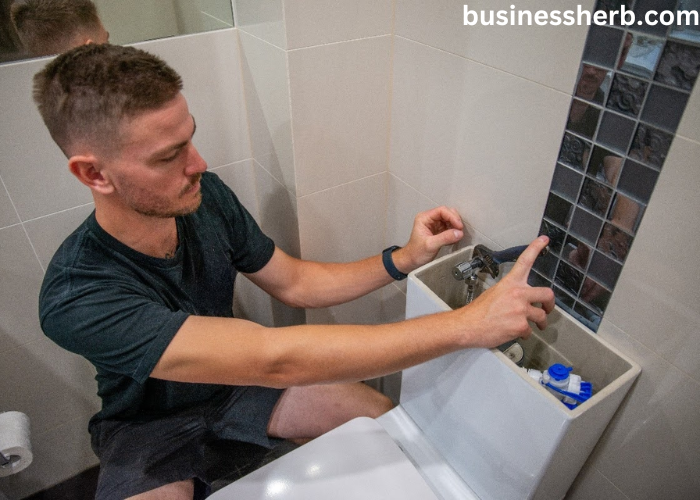When tackling plumbing issues, understanding and avoiding common DIY mistakes is crucial. As professional plumbers, we often encounter these errors, which can exacerbate the original problem and lead to further complications. This comprehensive guide will delve into frequent DIY plumbing mistakes and provide detailed solutions to ensure efficient and effective plumbing repairs. If you are unsure of doing it yourself, we recommend hiring a professional licensed plumber from Plumber Bankstown.
Understanding Local Plumbing Regulations
Importance of Adhering to Local Codes
Adhering to local plumbing regulations is paramount for any plumbing project. DIYers often overlook these rules, leading to significant issues, including legal repercussions and denied insurance claims. Each region has specific codes that govern plumbing work, and failing to comply can result in costly errors and potential hazards.
Ensuring Compliance
Professional plumbers must be well-versed in local codes and regulations. This knowledge ensures that all work is performed correctly and legally, preventing future problems. DIYers should consult local councils and familiarize themselves with relevant codes before starting any project.
The Right Tools for the Job
Essential Plumbing Tools
Having the right tools is essential for any plumbing task. Common DIY mistakes include using incorrect or inadequate tools, which can lead to damage and ineffective repairs. Essential tools for any plumber include pipe wrenches, pliers, pipe cutters, and drain cleaning tools.
Using Drain Cleaners Correctly
While liquid drain cleaners are a common go-to for DIYers, they can often do more harm than good. Overuse can damage pipes and fixtures, leading to leaks and further blockages. Instead, mechanical tools like snakes or barbed drain cleaning tools are more effective and safer for clearing clogs.
Preparing for Repairs
Stocking Spare Parts
DIYers frequently make the mistake of not having spare parts on hand. When repairing fixtures, it’s essential to replace all related components, not just the faulty one. This approach prevents future leaks and ensures a long-lasting repair.
Identifying and Using Proper Fittings
Understanding the correct fittings to use is crucial. For instance, using the wrong type of fitting for a drain can cause code violations and unpleasant odors. Proper knowledge of fittings, such as tees, wyes, and elbows, and their appropriate use cases is essential for effective plumbing repairs.
Effective Techniques for Plumbing Repairs
Sweating Copper Pipes
Properly sweating copper pipes requires ensuring they are completely dry. Any moisture can create steam during soldering, resulting in leaks. Using a pipe stopper or similar tool can help keep pipes dry during this process.
Avoiding Over-Tightening
Over-tightening connections is a common error that can lead to cracked pipes and fittings. It’s crucial to apply the correct amount of torque to avoid damaging components and causing leaks.
Proper Installation of Cleanouts
Placement and Use of Cleanouts
Cleanouts are necessary for maintaining and unclogging drain lines. They should be installed in accessible locations, particularly where the line changes direction by more than 45 degrees or every 100 feet in horizontal runs. Proper placement ensures ease of maintenance and prevents future blockages.
Conclusion
Avoiding common DIY plumbing mistakes requires knowledge, proper tools, and adherence to local regulations. By understanding these elements, both professional plumbers and DIY enthusiasts can ensure effective, safe, and long-lasting repairs. Emphasizing the importance of comprehensive preparation and correct techniques will lead to successful plumbing projects and satisfied clients.

